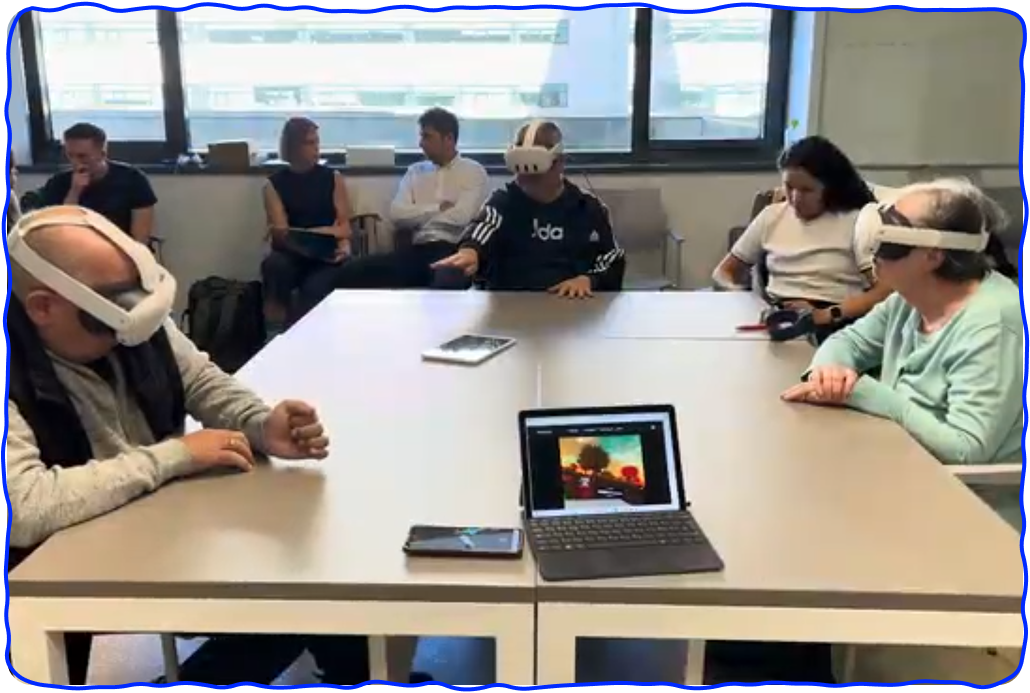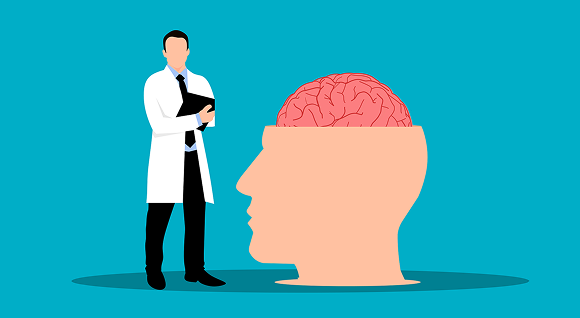Evidence of the use of Virtual Reality in Non Acquired Brain Injury.
Dynamics VR – 07/21/2025
Table of Contents
- 1. What is Non Acquired Brain Injury?
- 2. Use of Virtual Reality in the rehabilitation process.
- 3. Neuroplasticity and Virtual Reality
- 4. Dosage guidelines
What is Non Acquired Brain Injury?
Non-acquired brain damage refers to those neurological alterations present from birth or developed throughout life as a consequence of genetic processes or progressive diseases. Within this category are included neurodegenerative pathologies such as:
- Parkinson
- Alzheimer’s
- Multiple Sclerosis
These conditions compromise motor and cognitive functions, and demand a sustained rehabilitation approach (Lamptey et al., 2022).
Use of Virtual Reality in the rehabilitation process
In the context of neurodegenerative diseases, rehabilitation programs aim to restore physical functions, slow down the progression of deterioration and teach compensatory strategies to maintain the patient’s autonomy.
Virtual Reality (VR) has established itself as a useful and promising tool in this process, not only for its ability to increase patient motivation, but also for its benefits in terms of cost-effectiveness (Kamari et al., 2024).
Recent studies have shown that Virtual Reality provides real-time multisensory feedback during training, facilitating the learning of new motor strategies applicable to activities of daily living (Castellano-Aguilera et al., 2022).
In addition, this immersive environment enhances sensory processing, which can improve both cognitive abilities and treatment adherence (Kamari et al., 2024; Ferrer Costa et al., 2025).
Likewise, VR has shown positive results in the treatment of vestibular system alterations, frequent in pathologies such as cerebral spinal ataxias, where they are associated with an increased risk of falls (Malisky et al., 2024).
In the case of Parkinson’s diseasea significant improvement in dynamic balance, postural stability and reduction in the number of falls has been evidenced by the use of Virtual Reality (De Natale et al., 2025).
Neuroplasticity and Virtual Reality
The central goal of neurorehabilitation is to promote neuroplasticity, i.e., the brain’s ability to reorganize itself, form new connections and adapt after injury or progressive deterioration.
Virtual Reality interventions induce relevant neuroplastic changes, such as the potentiation or weakening of synapses in specific brain areas -such as the hippocampus, prefrontal cortex and motor cortex-,which translates into improvements in functions such as memory, spatial navigation and executive control (Drigas & Sideraki, 2024).
Environmental enrichment and experiential learning, inherent elements of Virtual Reality environments, play a key role in stimulating neuroplasticity and improving the patient’s functional and cognitive performance (Drigas & Sideraki, 2024).
Dosage guidelines
In Parkinson’s disease, to obtain improvements in balance and postural stability, a frequency of 3 to 5 sessions per week, lasting 30 to 60 minutes, for 6 to 12 weeks is recommended (De Natale et al., 2025).
While there is no universal consensus on the exact dosage for all neurodegenerative diseases, evidence suggests that programs should be based on intensive repetition of functional and meaningful tasks for the patient. In this sense, at Dynamics VR we propose a minimum protocol of 34 sessions of 20 to 25 minutes each, adaptable according to the patient’s profile and the established therapeutic objectives.

You may be interested in...

By Dynamics VR l July 21, 2025.
Evidence of Virtual Reality in Acquired Brain Injury
Acquired Brain Injury (ABI) is an injury that appears in the brain after birth, and is not hereditary, congenital or degenerative. It can arise traumatically, as in traffic accidents or falls…

By Dynamics VR l July 21, 2025.
Virtual Reality and pain management in neurological patients.
Pain is one of the most prevalent and debilitating sequelae in neurological disorders, significantly affecting the quality of life of patients with neurological…

